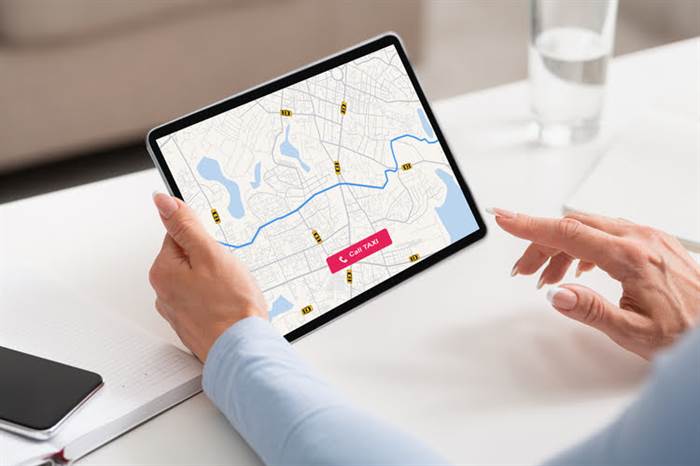The project manager is the person responsible for determining who will handle which tasks and when things will get done. They also facilitate communication between team members development team roles and responsibilities and document the team’s progress for the product owner and other stakeholders. They can also provide resources to help each team member meet their individual goals.

A product manager is essentially the project manager, supervising the development process and its market entry. To accomplish this, product managers generate ideas for market entry, manage pricing policy, plan and control tasks, and set goals and metrics to achieve the company’s objectives and targets. They’re involved in analyzing industry, market, and competitor trends to ensure the product’s competitiveness.
Product Designer
If you don’t have a business analyst on your team, your project may fail to meet users’ demands. But any project needs a project manager, no matter if it consists of two or 200 specialists. The product owner creates a product backlog — a list of requirements to be met at various stages of product growth. Basically, items in a product backlog are the features you want to implement in your app. The product owner has to make sure the product backlog is transparent, detailed, and explicit.

The project manager acts as the spokesperson for both the client and the development team, serving as a bridge for technical and people related issues. The PM will perform analysis and evaluation of the client’s requirements to create a development plan in accordance with the agreed scope, budget, and timeline. A whole list of jobs can pop to your head – but what do people of all these roles actually bring to the table?
Who is who among the members of a software development team?
Still, there are organizational leaders, like a Scrum Master in Scrum or a Service Delivery Manager in Kanban. Spanning a maximum of nine to ten people, Agile teams allow a certain degree of autonomy, so the team members have the freedom to prioritize their workloads and shape their workflows the way they want. This is not only the first step to building a team but also one of the first steps to planning and managing a software development project. “DevOps” is short for “development” and “operations.” DevOps engineers are the ones who create the environment for software developers to build in. Throughout the development life cycle, they work behind the scenes to make it easier for developers to develop. Frontend and backend developers play a key role in most engineering teams.
- They check the functionalities if it’s user-friendly and easy to navigate.
- Product owner (usually on the client’s side), project manager, business analyst, UI/UX designer, software architect, software engineers, test engineers.
- They also optimize the software development team structure when new developers join the team, plus participate in their coaching.
- The project itself gets broken down into distinct phases, with certain deliverables due by the end of each phase.
- Here we list the key roles & responsibilities in a software development team.
- In order for your Agile software development team to generate the results you’re looking for, you’ll need a defined team structure with designated roles for each person.
- In this section, you’ll meet six key roles on a software development team.
Full-stack developer is a general-purpose developer who has experience and knowledge regarding both front-end and back-end. They can work on every architectural layer of the system from client to server to database and all necessary integrations. The Product Owner is the person responsible for solving product and end-user issues, as well as operating and improving the product to achieve the company’s goals and visions. All PO decisions must be based on actual data, in order to maximize return on investment and determine product features.
Your new team’s cross-industry knowledge will level up your project
The UX and UI designers are responsible for the way the software program looks and feels. Some designers specialize in either UX or UI, while others are experienced with both. The designer will determine how the software program looks aesthetically as well as the way the features flow together. They work closely with the frontend development team throughout the project. They also supervise the software development team as a whole and ensure that things are staying on track to meet project requirements.
All types of software development roles come with a unique set of challenges, rewards, and growth opportunities. Whether you’re aiming to dominate the frontend, delve deep into backend intricacies, or explore the ever-evolving worlds of cybersecurity, DevOps, or data engineering, understanding the road ahead is crucial. Equipped with a clear roadmap, you can skill up effectively, seize the right job opportunities, and ascend the career ladder with purpose and determination. DevOps engineers are experts who bridge the gap between software development and operations. They automate and streamline integration, deployment, and infrastructure management processes, optimizing the overall software development process.
Software Development Team Size
The tech lead will also provide guidance and mentorship to other software engineers on their entire team, helping identify problems and develop creative solutions. They must also stay up-to-date on new technologies and enhance their knowledge of a particular technology in order to ensure that the software developer is using the most efficient tools available. As well as developers, a successful software development team requires a project manager, business analysts, UX/UI designers, team leads and more. A scrum master is necessary to ensure agile software development in a team following agile methodologies. And to build a high-performing team, you need a clear structure, collaboration and communication. It helps as well to hire talent from diverse backgrounds to help bring fresh ideas and new perspectives.

Here we list the key roles & responsibilities in a software development team. Developing a prototype may be part of product discovery or an independent process. If you have a comprehensive understanding of your product and want to win investors’ attention, a prototype may help with that. A product owner, project manager, business analyst, and software designer can turn your requirements into a fundraising magnet. If you’ve got a great idea but aren’t sure whether it has potential, product discovery is the phase you need to start with. In this case, your team may consist of a product owner, project manager, business analyst, software designer, and software architect.
Sneak Peak: Diving Deep into the State of the Marketing & Advertising Report
And software engineers are in charge of connecting the client’s needs with technical solutions. What it doesn’t do is provide a one-size-fits-all model for teams to work within. For example, if the team is working on a web insurance application, they will need people who know the technology, the back-end systems, and the business domain.
Goodbye programmers: Team of AI bots develops software in 7 minutes instead of 4 weeks – Vulcan Post
Goodbye programmers: Team of AI bots develops software in 7 minutes instead of 4 weeks.
Posted: Wed, 25 Oct 2023 09:33:58 GMT [source]
UI/UX designers play essential roles and responsibilities in a software development team structure, especially for complex projects important to web development, user interface, and user experience. A UI/UX designer is responsible for creating a product’s user interface (UI) and user experience (UX). This involves designing the overall look and feel of the software product and demonstrating that it is intuitive and easy to use.
steps for building an effective software development team
Each member has experience in many software development fields, but none have deep expertise in a specific niche. As a result, they may have difficulties handling projects that require specialized knowledge. Most of the products fail, not because they were built poorly but because they didn’t achieve the product-market fill they were expected to. Research shows that if 8 to 15% of the time and funds are spent on business analysis, then chances for project success grow significantly. A Business Analyst helps you to craft a product vision and create requirements based on your customers and stakeholders needs and later help you in validating if you are on the right track. Set up project management software to speed up daily operations and provide for more transparency of the project processes.

